History
of Etching

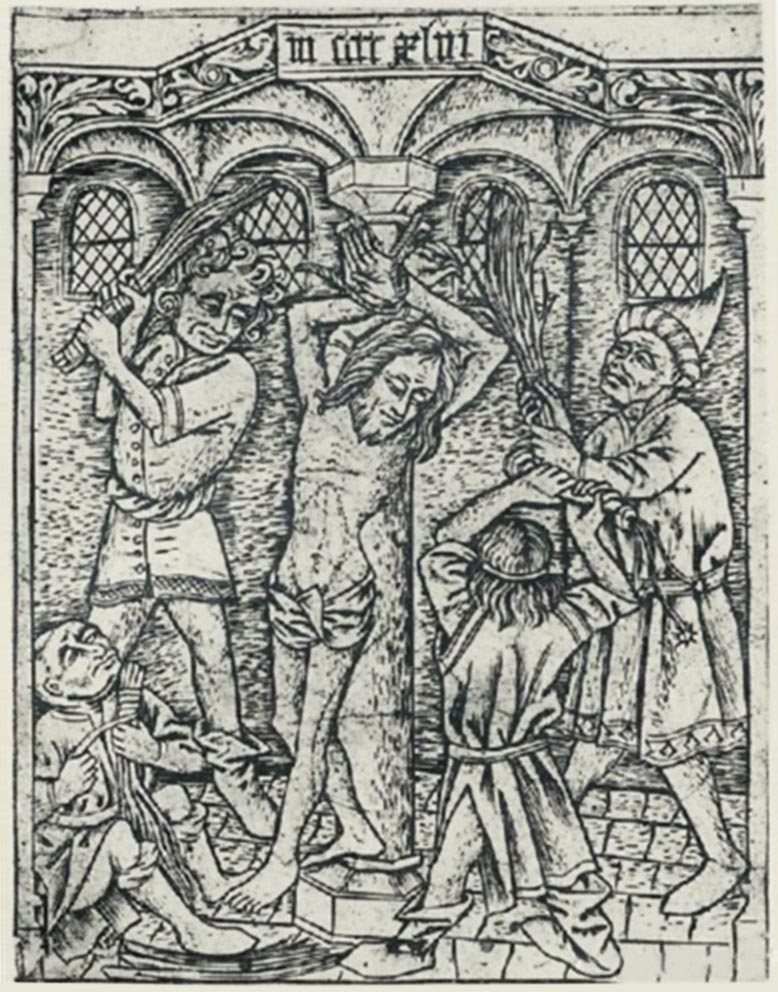
The Art of the Plate: A Journey Through Engraving and Etching
For centuries, collectors have marveled not only at the artistry of prints but also at the ingenious techniques behind their creation. To the graphic artist, these techniques are more than tools — they’re a gateway to limitless creative possibilities. As history unfolds, the evolution of engraving and etching emerges as a tale of continuous innovation, with ancient methods still inspiring experimentation today.
But where did it all begin? Recent discoveries challenge the long-held belief that copperplate engraving evolved directly from the decorative silver platelets, or nielli, used by medieval goldsmiths. These nielli featured intricate designs, their grooves filled with a black alloy. Before firing this alloy into permanence, goldsmiths pressed paper against the engraved surface, creating a dark-on-light imprint — a rudimentary print, if you will. This technique served as a way to archive or share designs.
The first known copperplate print, The Flagellation of Christ by the mysterious “Master of 1446,” marks a tentative beginning. While technically crude and artistically unremarkable, it set the stage for dramatic advances. Enter the “Master of the Playing Cards,” a South-West German artist whose mid-15th-century works pushed the boundaries of what was possible in this new medium.
What followed was nothing short of revolutionary. In the hands of masters like Martin Schongauer (1453–1491) and Albrecht Dürer (1471–1528), copperplate engraving soared to extraordinary heights. Their works achieved a technical and artistic brilliance that has rarely, if ever, been surpassed.
But the story doesn’t end there. As etching entered the scene, engraving transitioned into a different role—primarily as a means of reproducing images, much like the later development of steel engraving. Yet, the early days of etching owe much to an unexpected source: armorers. Etched patterns, originally used to decorate weapons and armor, inspired artists like the young Albrecht Dürer. Influenced by Schongauer and the Italian engraver Andrea Mantegna (1431–1508), Dürer’s own etchings left a lasting legacy, influencing both Dutch and Italian artists.
Interestingly, Dürer’s five iron etchings are a nod to the material’s origins in armory. However, as the craft evolved, iron—prone to rust—gave way to copper, propelling etching into a golden age of artistic expression.
From its roots in medieval workshops to its pinnacle in the Renaissance, the story of engraving and etching is one of boundless creativity and relentless experimentation. And even today, these age-old techniques continue to captivate artists and collectors alike.
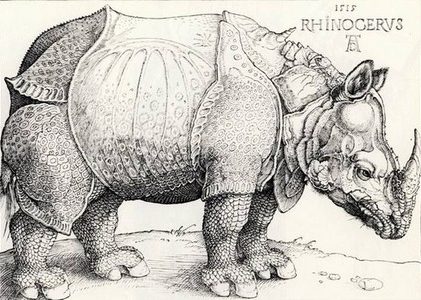
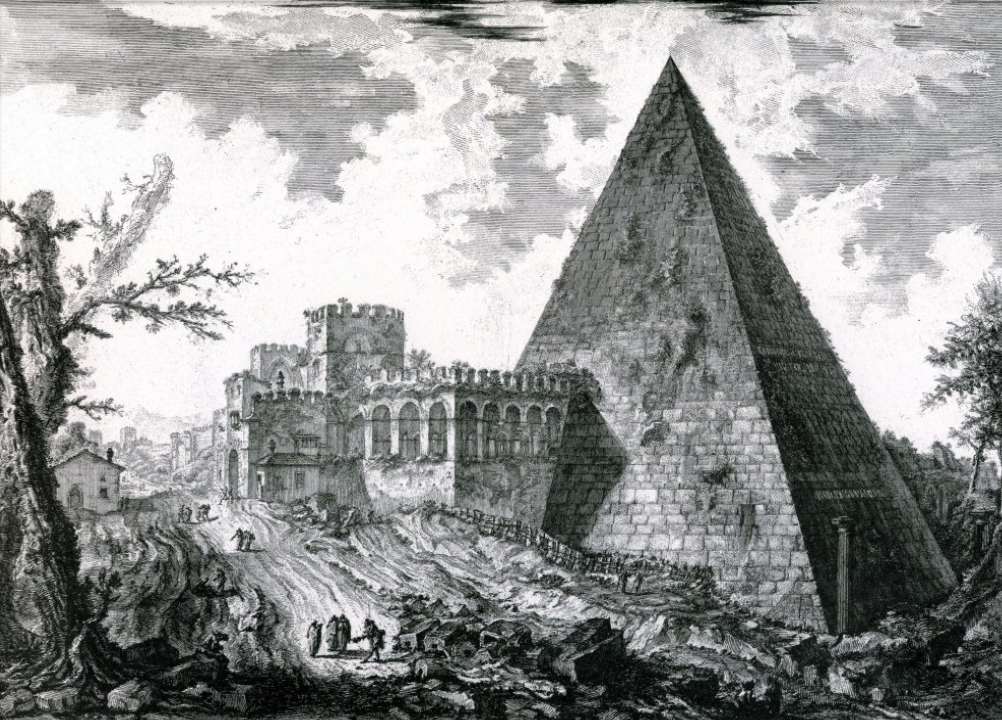
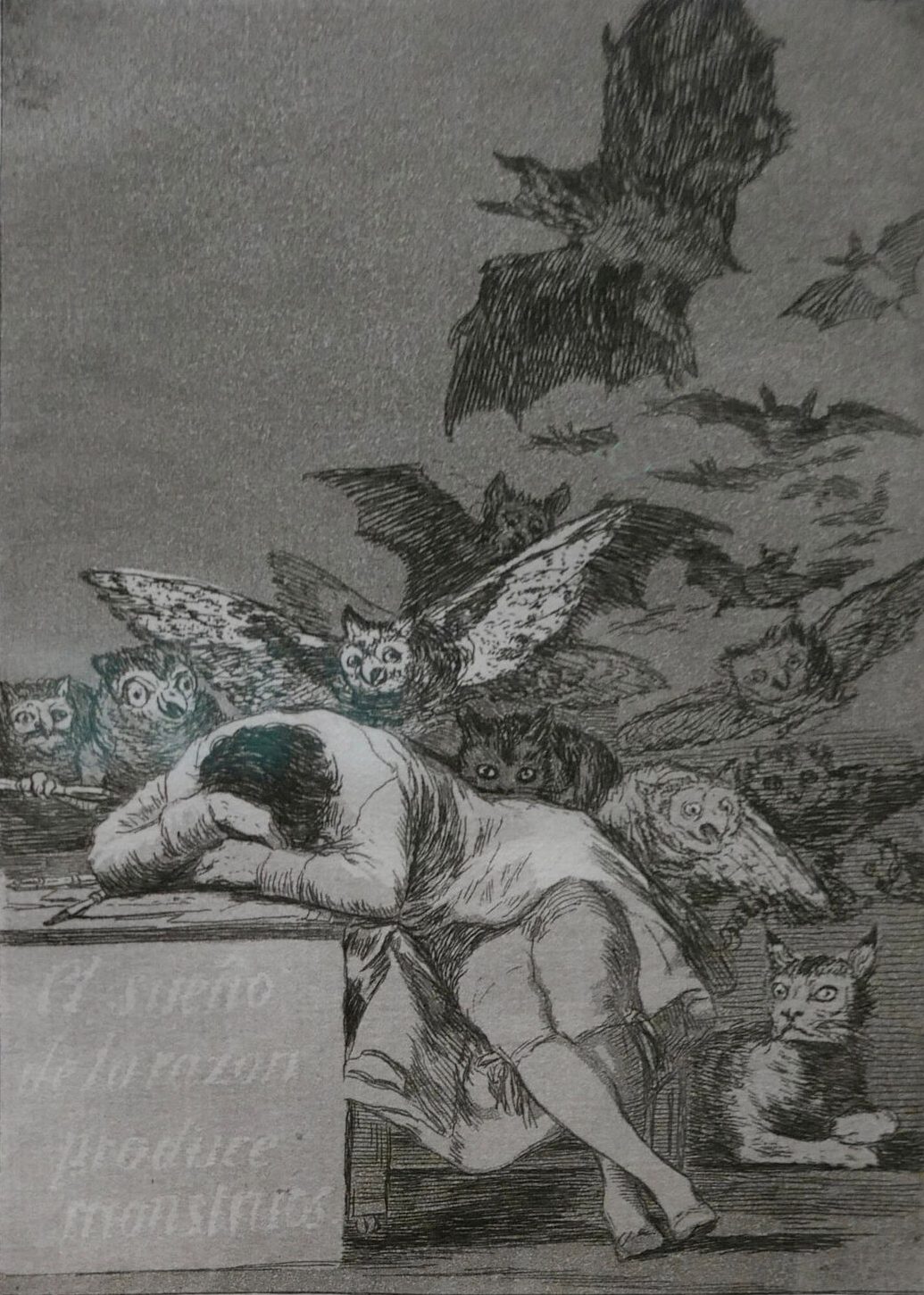
The Evolution of Etching: From Alchemy to Artistry
Following Albrecht Dürer’s groundbreaking contributions, etching began to evolve with astonishing speed. Copper soon replaced iron as the material of choice—iron’s tendency to rust was its downfall—and a new wave of artists pushed the boundaries of the medium.
Take Hercules Seghers (ca. 1589–1639), for example. This Dutch innovator was an artistic alchemist, experimenting boldly with techniques. Seghers printed his etchings on colored paper, used unconventional inks, and even shaded prints with gouache pigments. Sometimes, he left parts of the copperplate’s natural hue visible, creating an ethereal effect. His daring approach inspired Rembrandt himself, whose mastery of etching continues to captivate and inform contemporary artists.
In the Baroque period, etching transformed from a tool for precise representation into a means of dramatic artistic expression. Artists began to embrace the painterly qualities of the medium, using it to craft vivid, almost illusionistic imagery. Rembrandt (1606–1669), the undisputed master of this era, exploited etching’s technical possibilities to such an extent that his works gave priority to the medium’s expressive potential over strict artistic conventions.
Color, too, began to make its mark on printmaking. From the 17th century onward, artists tried to infuse their copperplate engravings and etchings with color, though these early efforts were often met with mixed results. It wasn’t until the 18th century and the English mezzotint that truly effective color techniques emerged. Invented by Heinrich von Siegen in 1640, mezzotint allowed artists to shade entire surfaces, offering a richness previously unattainable.
The 18th century also brought a giant of graphical art: Francisco Goya (1746–1828). Goya’s innovative use of aquatint—a method involving acid to create large, textured surfaces—redefined the possibilities of printmaking. His prints, with their immediacy and raw power, remain unparalleled examples of technical and artistic mastery.
Paris, meanwhile, saw the birth of à la poupée printing. This technique involved applying different colors directly onto one or two plates, requiring only a handful of steps to produce vibrant, multicolored etchings—a precursor to modern color printing.
During the 17th and 18th centuries, the peintre graveur, or “painter-engraver,” emerged. These artists weren’t just designers—they also engraved, etched, and often printed their own works, embodying complete control over their art. Figures like Schongauer, Dürer, Seghers, and Rembrandt epitomized this Renaissance ideal of artistic self-sufficiency.
By the 19th century, new technological advancements were on the horizon. Steel engraving arrived in England, offering unprecedented durability. The hardness of steel allowed for far more impressions than copper could ever manage, making it the go-to medium for illustrations, fashion plates, and mass-produced designs.
From the delicate experiments of Seghers to the bold innovations of Goya, the history of etching and engraving is a testament to human creativity, technical ingenuity, and the endless quest for artistic expression.
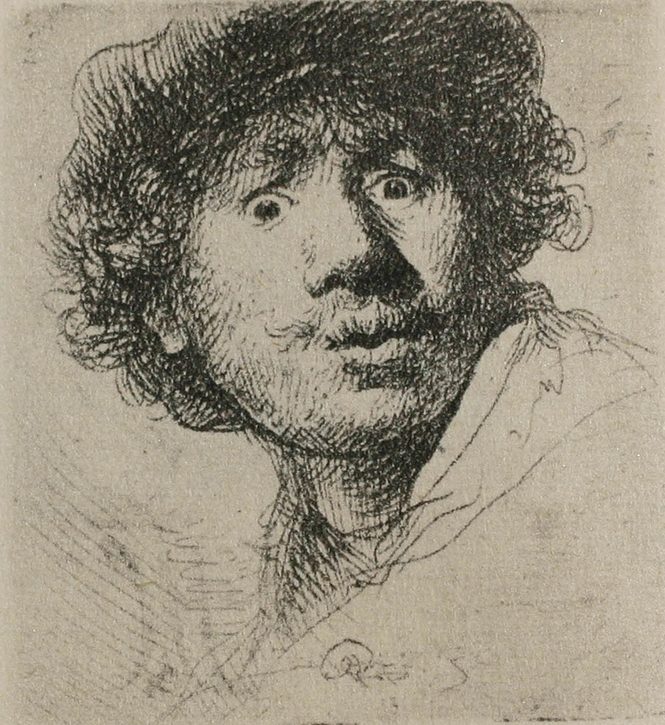
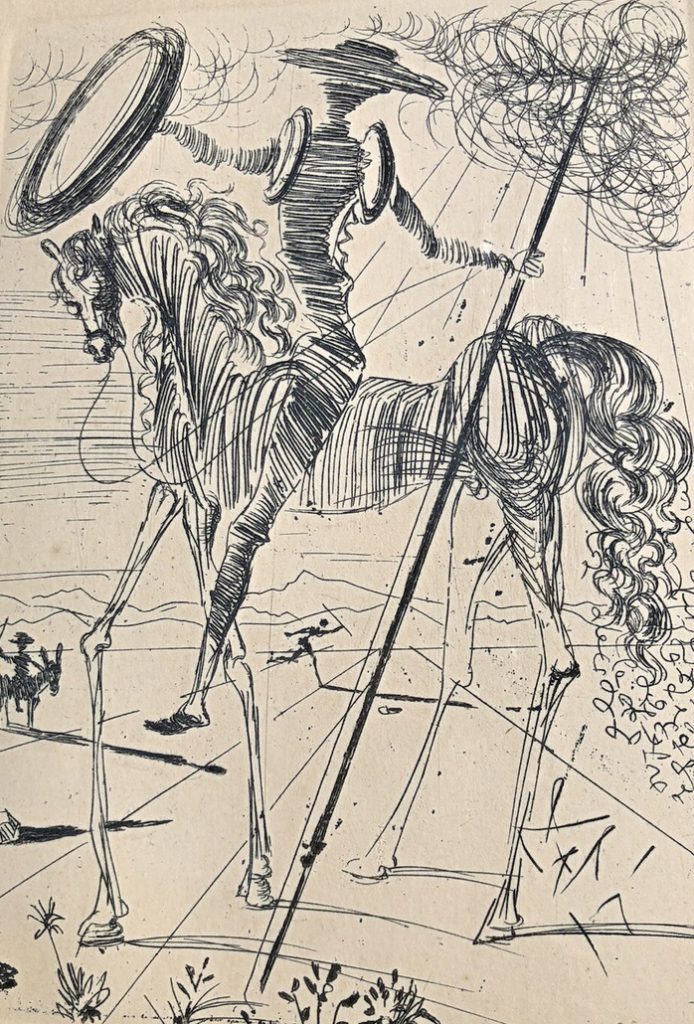

Etching’s Revival: From Neglect to New Heights
In the 19th century, etching seemed to lose its artistic shine. Few artists saw it as a meaningful medium, and many works from this era are now viewed as lacking artistic depth. The invention of photography in the mid-1800s only hastened etching’s decline, offering quicker, more efficient methods for reproducing images.
But the story didn’t end there. At the century’s close, a handful of visionary artists rediscovered etching’s potential, breathing new life into the medium. Figures like Max Klinger and Max Liebermann began to explore its expressive possibilities, setting the stage for a 20th-century renaissance.
Some of the most powerful examples of this revival came from artists like Edvard Munch (1863–1944), Max Beckmann (1884–1950), and Emil Nolde (1867–1956). Each delved deeply into the craft of etching, using bold lines and textured surfaces to convey raw emotion and vivid expression.
Even Pablo Picasso (1881–1973) left his mark on the art form. Always the innovator, Picasso experimented with the sugar-lift technique in collaboration with the master printer Roger Lacourière. This method, which involved painting directly onto the plate, gave Picasso’s etchings an almost painterly quality, full of spontaneity and charm.
As the 20th century unfolded, color etching reached dazzling new heights. Luigi Kasimir (1887–1962) and Josef Eidenberger (1899–1991) were among the grand masters who elevated the technique to near perfection. By blending soft, delicate strokes with aquatint, they created works that blurred the line between printmaking and painting, achieving an expressive richness rarely seen before.
From its near-obsolescence in the 19th century to its triumphant resurgence, etching has proved itself an enduring and adaptable art form. Thanks to the vision of artists like Klinger, Munch, Picasso, and Kasimir, it continues to captivate with its blend of technical precision and expressive depth.
